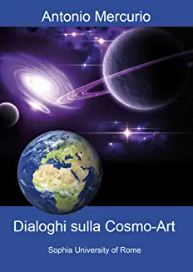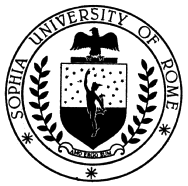Humanity today has improved its living conditions from a material and economic standpoint, but not from a standpoint of its quality of life and interpersonal relationships. The books from the Sophia University of Rome (S.U.R.), and in particular those of its President, Prof. Antonio Mercurio, can perhaps offer hope and new ideas to those who are trying to bring meaning, value and beauty to their own lives and to their relationships with others.
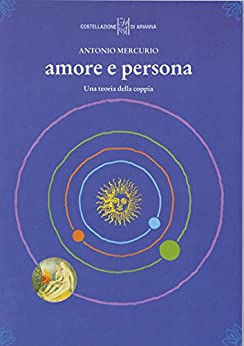
Antonio Mercurio
Love and the Person
A New Theory on the Couple
Starting out with a commentary on “The Art of Loving” by E. Fromm, the author proposes a new way of looking at love within the couple, through a dialog-debate with students from the Sophia University of Rome. On the basis of an in depth analysis that brings to light two types of motivations within the actions of a couple, psychological ones and existential ones, the author emphasizes the importance of overcoming the millennia-old conception of love as possession, so as to pass to a conception of love as a gift. When this is accomplished, the life of a couple will no longer be based on the reciprocal exploitation of the partners, but on the realization of both of them as Persons. The author affirms that it is not possible to modify human social relationships unless the relationship between partners in a couple is not first modified.
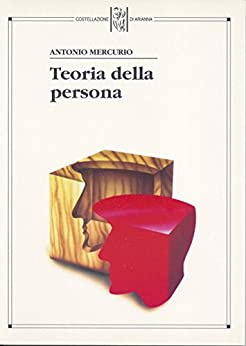
Antonio Mercurio
Theory of the Person
And Existential Personalistic Anthropology
Do we really know what meaning to give to the term PERSON? In this book, the author proposes, through an in depth dialog with the students of the S.U.R. (Sophia University of Rome), the following answer: a PERSON is a spiritual, unifying principle that is endowed with its own freedom and its own identity, it is an end unto itself and unto no other, and its constituent elements are the ability to love oneself and to love others. The topics most debated in the book are: spirituality, freedom, the psychological dimension, the pleasure principle, the joy principle. The author also observes that today there are many schools of psychoanalysis and different therapeutic techniques that are often in contrast, and he poses the question as to whether it is possible to broaden Freudian metapsychology and extend it, so that all the various psychotherapeutic currents can be contained within a unifying viewpoint.
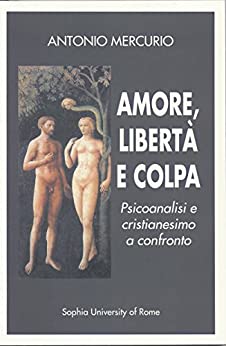
Antonio Mercurio
Love, Freedom and Guilt
And The Theory of Existential Unconscious A Comparison between Psychoanalysis and Christianity
Today there is a thick, impenetrable fog that has fallen between human beings and their guilt. Their tears have either disappeared or they have been frozen in anguish and desperation. The Author discusses with the students of the Sophia University of Rome the most intricate points of this new human problem and some possible solutions for it. He proposes that through an existential experience that can be defined as a way of dialectically going beyond the experience of Christianity and Psychoanalysis, one can utilize the best contributions offered by both and at the same time transcend them, by giving them new form and inserting them in a new context. “ The Author dedicates this book to those who do not know that their life is influenced by what they suffered during their intrauterine experience, from the time of their conception until they were born, and try in vain to solve their suffering without ever finding the right key. After a brief theoretical introduction on the concept of Existential Unconscious, which postulates the existence within each individual of a factual unconscious, a reactive unconscious and a decisional unconscious from the moment of conception onward, this book contains stories of intrauterine life by people who have undertaken a 4 year journey of individual and group Sophia-Analysis. The experiences that each of us have had in the maternal womb tend, in fact, to re-present themselves in various moments of our lives (see “The Words to Say It” by M. Cardinal). We often undergo these experiences as a repetition compulsion, without understanding where they originate. But these repetitions of our intrauterine life can also be opportunities to profoundly and creatively transform our existence. The PERSON is one who knows how to recover the enormous riches contained in one’s positive parts, because he has stopped believing that only a God outside himself contains these positive parts and dispenses them to those he chooses through grace. This is also possible because the PERSON has stopped believing what has always been taught, that his nature is intrinsically corrupted by original sin, and that without grace he is no longer capable of loving either others or himself”. A. Mercurio
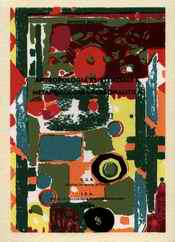
Antonio Mercurio
Existential Anthropology and Personalistic Metapsychology
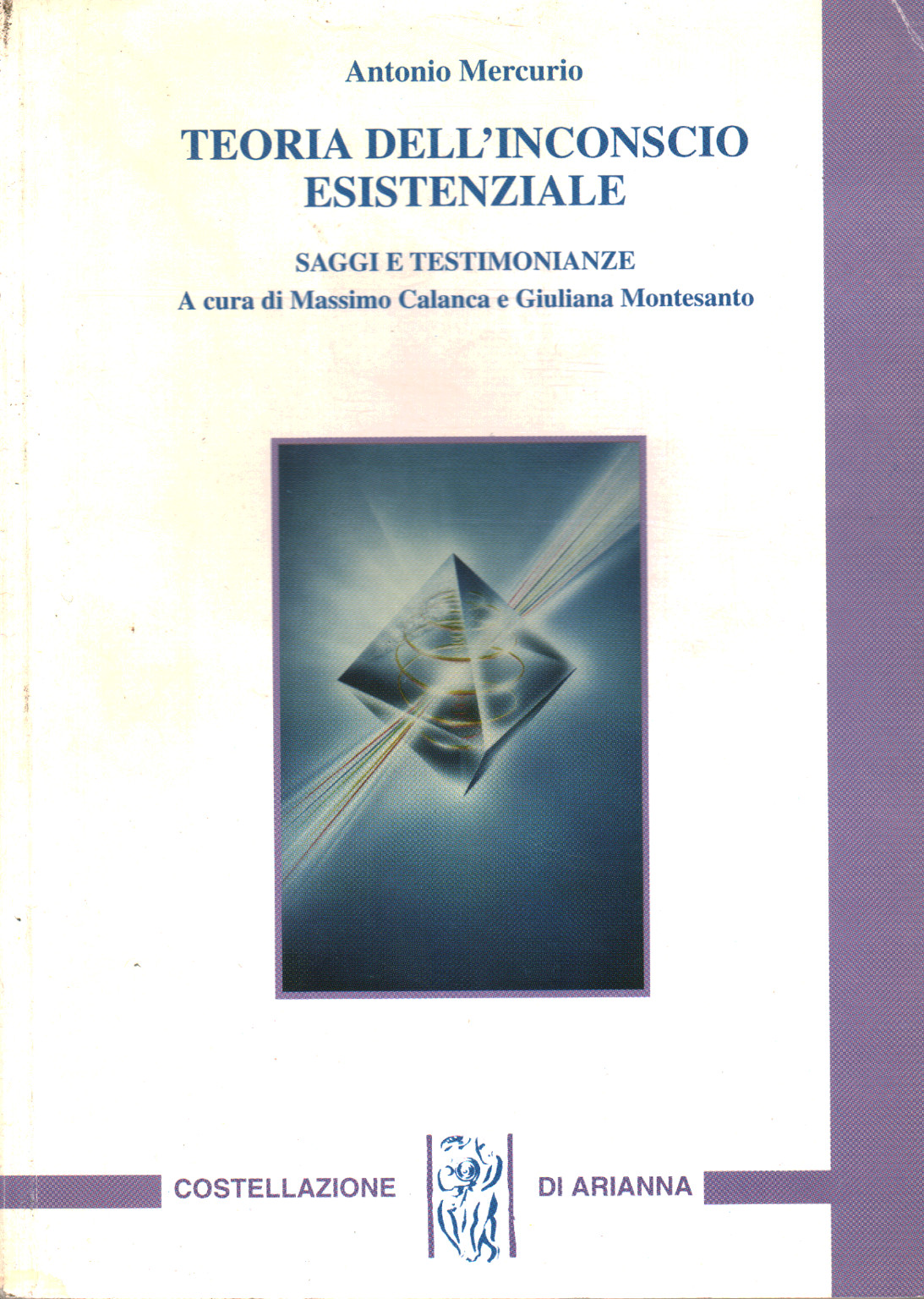
Antonio Mercurio
Existential Unconscious Theory
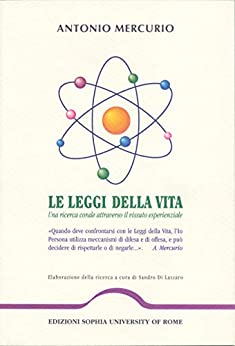
Antonio Mercurio
The Laws of Life
“I explore Life and its deep meaning, that make it worth living. I dedicate this book to all those who no longer know what good and evil is, and no longer know what direction to take when making the most important decisions in their lives”. (A. Mercurio)
The author’s dedication to his readers is an essential and precious concentrate for discovering the laws of Life. Some laws of Life are: becoming adults, rhythm, creative transformation, the union of the masculine and feminine principles, the unification of opposites including death and life. The book is composed of a theoretical part that synthetically describes Existential Personalistic Metapsychology and of an experiential part. In this manner, theory does not remain something cold and detached but is verified and warmed by the energy and courage that some people have shown in telling the touching stories of their lives.
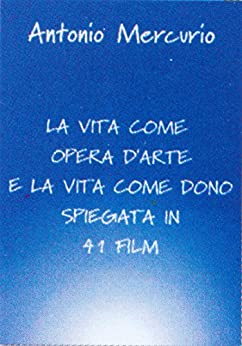
Antonio Mercurio
Life as a Work of Art and Life as a Gift Explained in 41 films
“Films that are works of art can be seen as a profound means of communication between the director who conceives and creates them, and the audience that goes to see them. It is important to deeply reflect on the meaning of a film, until what the director was wanting to communicate becomes clear”. A. Mercurio
The author devotes his attention and his reflections on 41 films that are authentic works of art. With an original method that the Author calls Sophiartistic critique, using the language of images whose intense and deeper meaning is not always immediately clear, he tries to grasp all the wealth they contain, not only in their obvious meaning but especially in their hidden one. With this method it is possible to deeply explore not only the images of film but also our own lives and the lives of others.
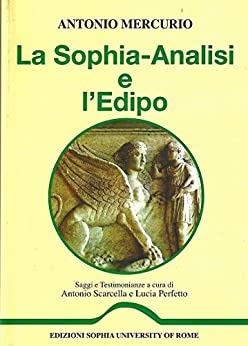
Antonio Mercurio
Sophia-Analysis and Oedipus
“Myths have always used a figurative language to tell us about the powers of the psyche, that we must recognize and integrate into our lives. These powers have always been part of the human spirit and they represent the species’ wisdom, which has allowed it to survive throughout the millennia”. (C.G. Jung)
The myth of Oedipus essentially deals with the tragedy within family relationships, and many have explored this myth hoping to find something that can be helpful to humanity. The Author tries to offer his own original and innovative answer to how the tragedy can be overcome. He asserts that the Oedipal phase during the existential growth of human beings can be experienced and overcome through circular love. This type of love is capable of including in its dynamic movement each of the three components in the family, Mother , Father and Daughter/Son, without leaving one of the three out in a hostile way, or without creating an alliance between two where the third is always eliminated. This book is made up of a theoretical part containing 6 papers that explore the Oedipal dilemma, and an experiential part written by people who have courageously published their own deepest experiences in their relationships with their parents.
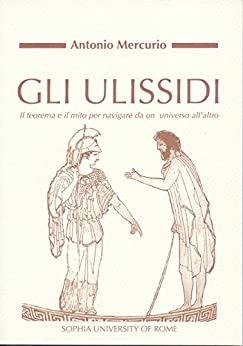
Antonio Mercurio
The Ulysseans
This book is perhaps the one that is most difficult to understand with just one reading, because it contains a concentration of all of A. Mercurio’s innovative thought. It is difficult to make a short synthesis of this book, so here we will simply mention some of the papers presented by the Author that the book contains. The book opens with an “Invitation” and then proceeds with “The Myth of Sophia-Analysis: life as a work of art”, “Choral Group Research on life as a work of art”, “The Cosmological vision of Sophia-Art”, “The Cosmo-Art Theorem”, “The Cosmo-Art Myth”, “The Myth of Ulysses contains the Cosmo-Art Myth”, “Exploring the Myth of Ulysses”, “The Ulysseans: creators of the Cosmo-Art Myth”. The Author introduces for the first time the concept of “Secondary Beauty”. Primary beauty is the type of beauty created by nature, and it is subject to time and death. “Secondary Beauty” is beauty created by human beings, a type of beauty that goes beyond the type created by nature and that, as a work of art, is no longer subject either to time or to death.
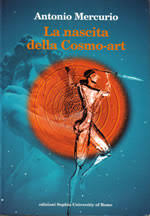
Antonio Mercurio
The Birth of Cosmo-Art
This volume is a collection of the material used to prepare the Choral Group Laboratories of Existential Anthropology and Cosmo-Art held by the Sophia University of Rome from 1994 to February 2001, as well as the introductory papers and some syntheses of the discussion/debates held during them. It documents and shares the choral creative process that made the creation of the Myth of Cosmo-Art possible. “Choral group creation is the result of a process where everyone’s contribution is fused with, reinforced and defined by the contributions of all the others. This creates a work of art that has a richer, more complex and harmonious structure, as well as a form of energy that is of a level and quality greatly superior to and more novel than forms of art created by single individuals”. A. Mercurio
This book contains some discourses, some previously unpublished writings and various dialogues that the Author had with the Directors and the Staff of the Institutes, Departments and Associations affiliated with the Sophia University of Rome, in Italy and abroad. Existential themes such as the following are discussed: greed, envy, the existential lie and the homicidal and suicidal drives, as well as the meaning that pain, death and art have within the life of Humanity and the life of the Universe.
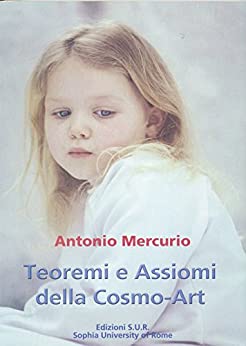
Antonio Mercurio
Eleven Rules, Seven Theorems and Seven Axioms
Cosmo-Art is an artistic movement that is accessible to anyone who has the strength and courage necessary to detach from their Fetal I that they still carry within, and elevate themselves to the cosmic artistic dimension of the Adult I, which embraces the whole life of a human being […] A. Mercurio
This book represents the culmination of the Author’s anthropological and cosmological thought. It is a synthesis expressed through poetic language, but it also offers guidelines for the Cosmo-Art Movement. This volume sets out the seven Theorems and the seven Axioms of Cosmo-Art that together represent the Author’s new cosmological viewpoint, and it offers many answers to the fundamental questions that Human Beings have regarding the meaning of Life. The book also offers an important chapter on the Principles of Prenatal Anthropology as well as one on the Rules for Nocturnal Navigation, which is a splendid guide for sailing on the seas of existence and journeying towards ‘Secondary Beauty’.
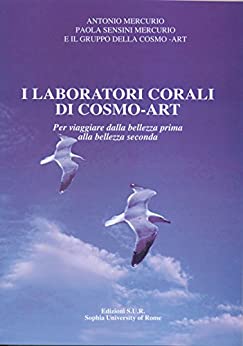
Antonio Mercurio
The Cosmo-Art Choral Group Laboratories
The Cosmo-Art Choral Group Laboratories are laboratories where every person, if they so desire, can chorally practice with others how to learn about and transform, like in an alchemical reaction, his or her own life and the life of others, so as to create an immortal work of art for themselves and for the universe. The volume is a collection of the Cosmoartistic interpretations of films that were presented during these Choral Group Laboratories from June 1997 until April 2006. This is an intense work that, with the help of film, is also a journey into the heart of human existence.
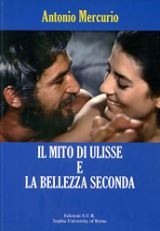
Antonio Mercurio
The Mith of Ulisses And Secondary Beauty
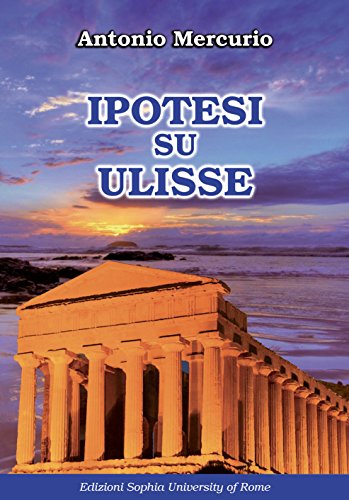
Antonio Mercurio
Hypotheses on Ulysses
“The Odyssey is not an adventure story. It is, rather, a book of wisdom that explains the art of humanity’s journey toward becoming artists of life and of the life of the universe. It tells the tale of a love story that is based on love as a decision and as a project. It is not a tale of love based on falling in love or, worse, on love as passion, which is so greatly celebrated in literature and in the public opinion, but which has never brought happiness to anyone and has, instead, brought great grief and tragedy. It is based on a love that needs sky and earth, cosmic and human forces to be realized; a love that must meet and fuse within the hearts of Ulysses and Penelope. It is a love based on truth and freedom, values that are conquered at a very high price, where life faces pain and death over and over again so they can be transformed into a new creation of immortal beauty, that once created can no longer die. This type of project for the couple, which strongly contrasts with the contemporary model, is the only thing that can save humanity and the entire cosmos from dissolving into nothingness and losing all of life’s meaning. This type of love is based on wisdom, not on madness and what is ephemeral. This type of love can overcome the distance and divergence that are necessary for the couple to be able to converge at the highest level possible of encounter and fusion between a man and a woman.”
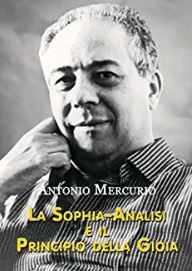
Antonio Mercurio
Sophia-Analysis and the Joy Principle
The Joy’s Principle is a principle entirely different from the Pleasure Principle, discovered by Freud. It is similar to the law that regulates the plant world and the four seasons. “If a seed dies, a tree is born; if a flower dies, a fruit is born”. Therefore, if the psychological I accepts death, the SELF is born; if the I accepts to die the You is born; if the I and the You die, We is born; if We dies Others are born, as a single living organism. Every death can bring rebirth, if it is accepted lovingly. It can also bring joy and a new life: whatever the death is we must face, if we love we always go towards a new life.
